Hebrew: Beit She’an / Arabic:Bayit S’an, Beisan
Coordinates: 32°30′00″N, 35°30′00″E / Elevation: -370
Beit Shean is one of those “Wow!” kind of places. Primarily hidden from view until one passes through the gates of the National Park, visitors have been known to gasp as they catch their first glimpse of the sprawling ruins that lay in a shallow valley before them. Just beyond the standing columns, ancient paved roads and relatively intact amphitheater of the ancient Hellenistic / Roman / Byzantine city of Scythopolis stands the imposing tel of Beit Shean.
» Read more » less
Beit She’an in the Bible and History: Beit She’an is first mentioned in Joshua 17 as the region given to the tribe Manasseh, a city whose Canaanites (and later, Philistine) inhabitants they were at first unable and then unwilling to drive out – an act of disobedience which would dog Israel for all of its days (Joshua 17:11-18; Judges 1:27-28). When Israel finally did determine to obey God and drive the Canaanites out, the cost was extremely high, costing the blood of many sons and one king and more.
» Read more » less
Beit She’an in History: As noted, Beit She’an’s strategic placement made it very desirous to invading forces. In the 14th and 9th centuries BC, it was the seat of Egyptian power in the region. During the Hellenistic (Alexandrian) period, it was conquered by Scythian mercenaries (from which Scythopolis – “city of the Scythians” is derived). Ptolemid, Seleucid and Hasmonean forces all took a turn in fighting for, taking and ultimately losing the city. In 64AD, the Romans conquered Beit She’an and made it the capitol of the 10 major Hellenized cities in the region, the so-called “Decapolis.”
The Romans held the city through all incarnations of their occupation of Syria-Judea, from the time before Caesar Augustus to the end of the Byzantine eras. The city was taken by the Arabs in 634AD, after which the three great monotheistic religions (Judaism, Christianity, Islam) lived in relative peace until it finally fell to an earthquake in 749AD – which is when it was abandoned by its population of about 40,000. Small remnants of the population gradually returned, but the grandeur that was Scythopolis disappeared with each successive century of dust.
Why we stopped: Things overheard by visitors to the city: Gasp. “Oh my!” “Wow!” “Cool!” Not to mention outstanding mosaics, breathtaking panoramas, awesome bathhouse and the largest ancient public restroom you’ll see this side of Rome. Oh, and you won’t want to miss the vomitorium, either!
View the Gallery of Bet She’an:
Categories: Locations
Tags: Bet She'an.
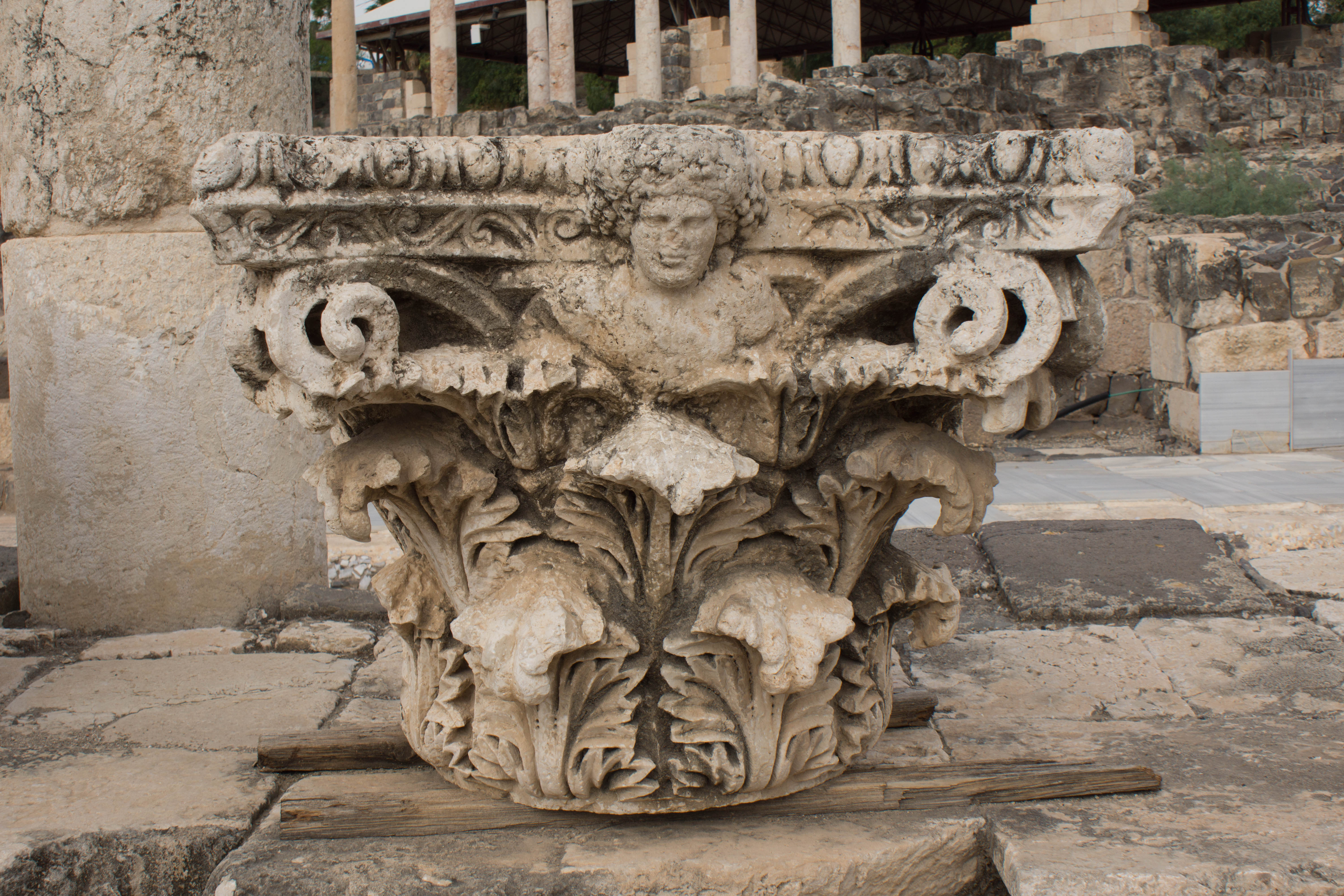
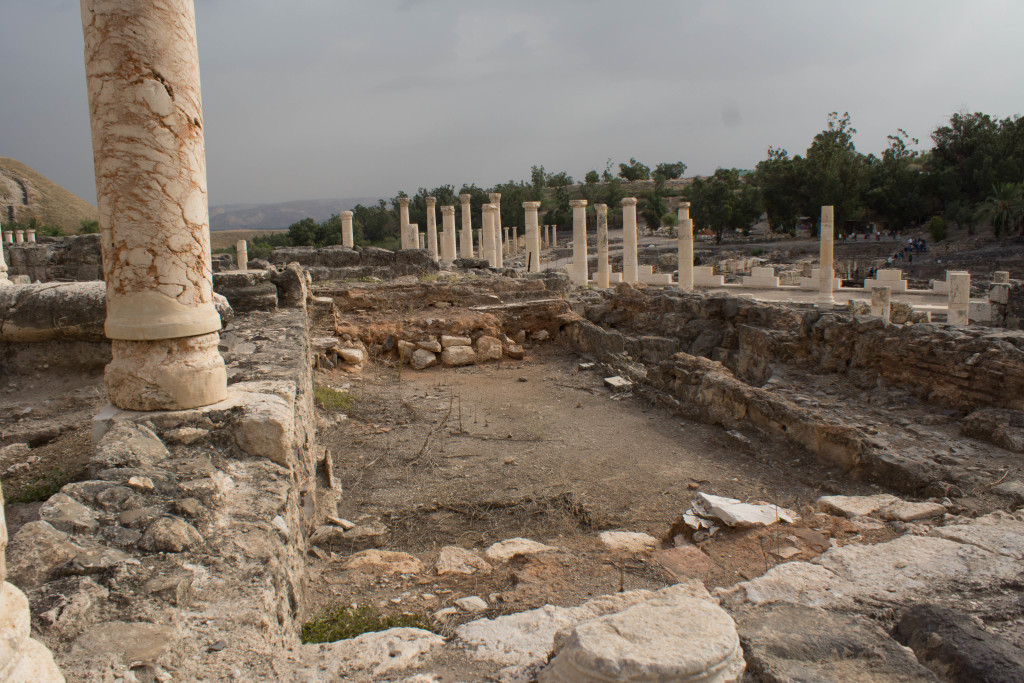
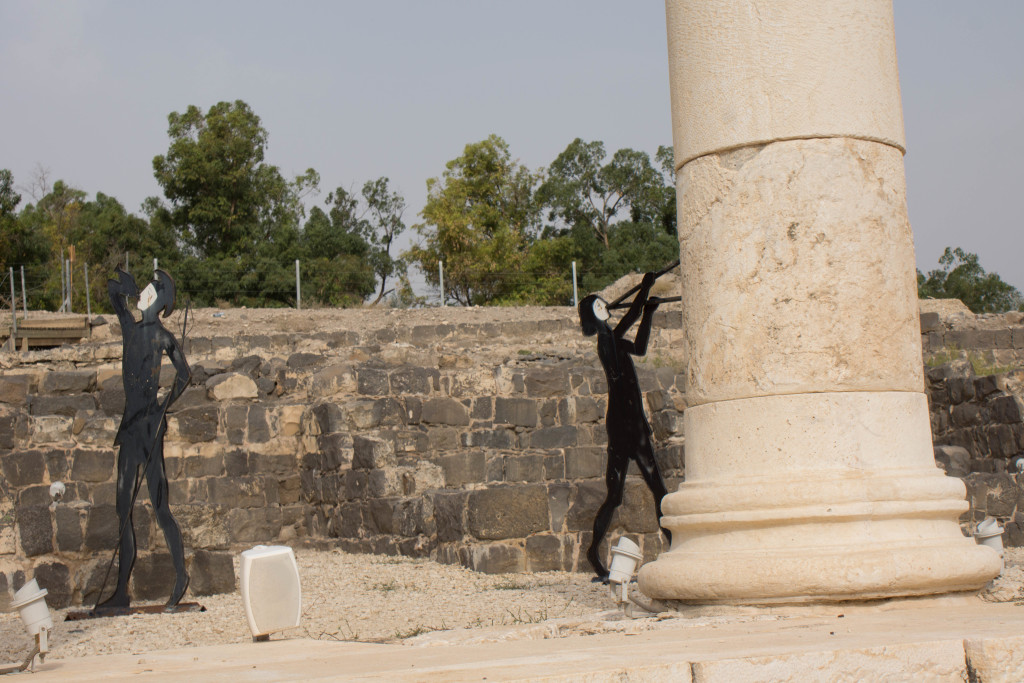
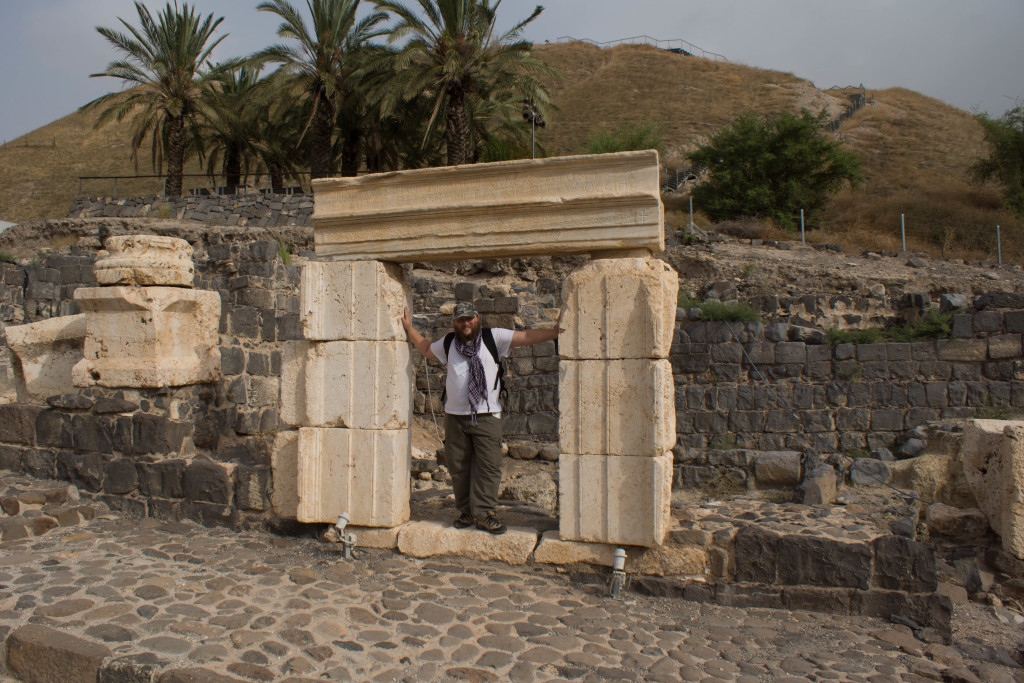
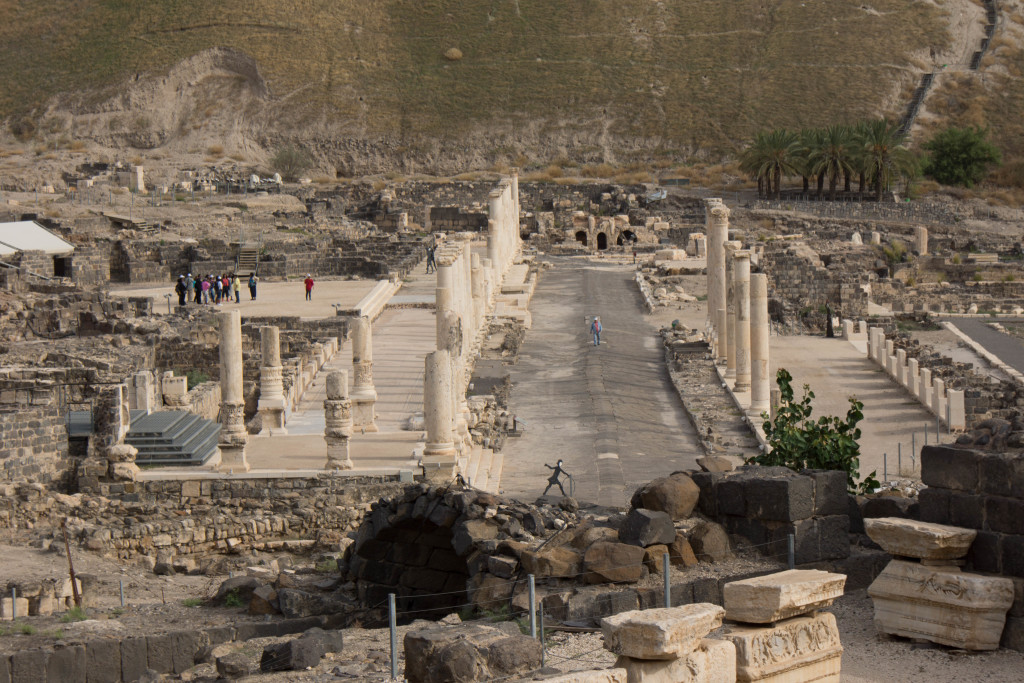

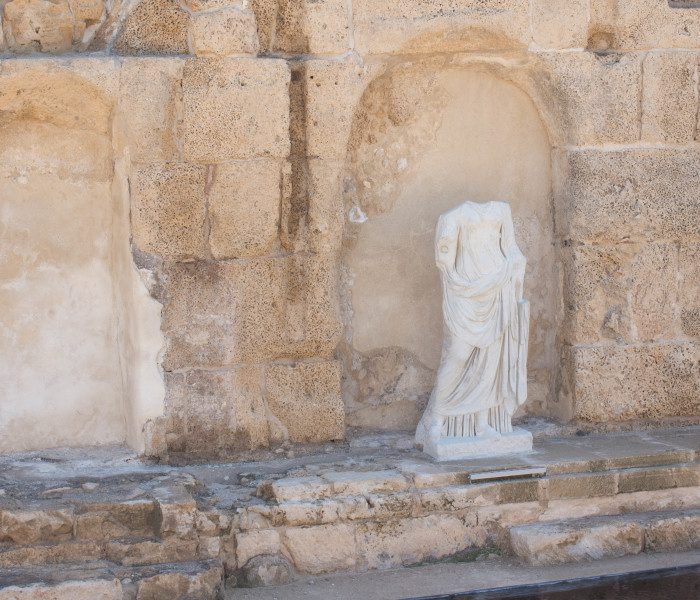
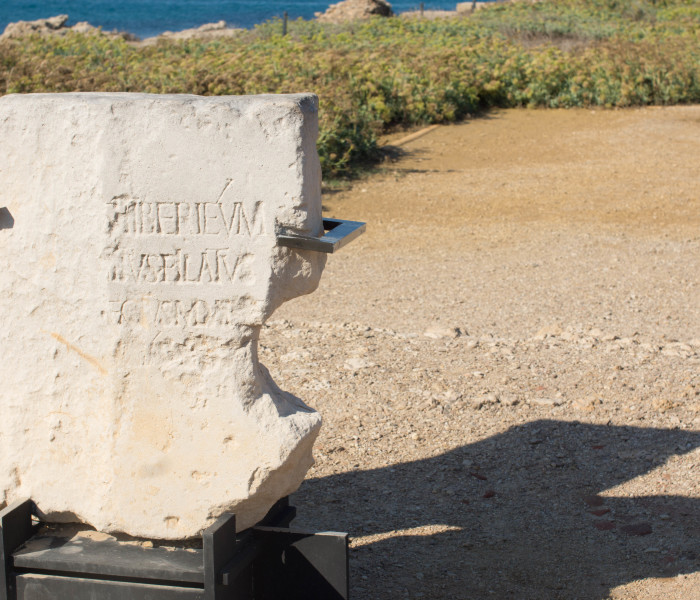
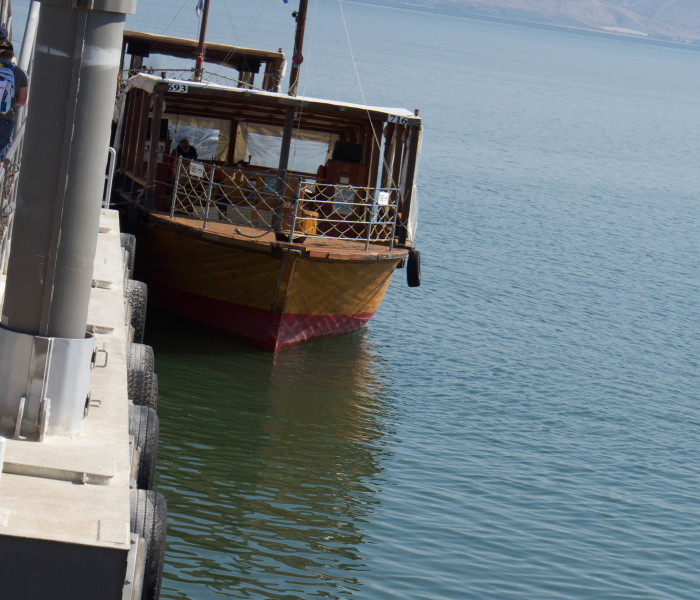
Comments are closed.